In 1970, the year I was born, Rolling Stone magazine published a review by learned rock journalist Greil Marcus of what was then Bob Dylan’s latest album, Self-Portrait. The review’s high impact opening sentence has since earned itself a place in the annals of popular culture for its succinct precision and evocative use of language. It simply asked the question: ‘What is this shit?’
It’s 2010 and Bob Dylan and Greil Marcus are both nearly 40 years older and I’m nearly 40 years-old. Dylan has just performed a storming set on a sizzling Saturday night in front of Clare, the kids and me – and some tens of thousands of other people, too – in a field somewhere in Kent. As the crowds disperse, making their way to their tents, cars or wherever, many can be seen gazing wistfully, smiling blisfully and generally indulging themselves in that warm glow of post-gig euphoria. Some of them are even singing.
But not everyone is happy. Just as many people look bewildered, disillusioned and visibly pissed off, like first generation Star Wars fans in 1999 stumbling out of a Phantom Menace preview. They seem hurt, betrayed and are probably asking themselves a similar question to the one Greil Marcus first articulated four decades earlier:
What was that shit?
Of course, over the years Dylan has developed something of a penchant for polarising his punters. Back in the summer of 1965 he antagonised his core folkie constituency (and endeared himself to a new audience of rock music fans) when he plugged an electric guitar into an amplifier at the Newport Folk Festival. Five years later and it was the rockers turn to feel betrayed – and country music fans who were won over – when Dylan released Nashville Skyline. Another schism opened up in the late-1970s when he became a born-again Christian and renounced his secular songs in favour of gospel music. That move pissed off just about everybody, although it might have played some part in securing him a prestigious gig at the 1997 World Eucharistic Conference, where he – quite literally – had an audience with a Pope.
Hop Farm Dylan, by contrast, was far less provocative. Dressed like a Southern US country gentleman in his white Cordobes hat, if anything he was in an uncharacteristically chirpy and crowd-pleasing mood. Together with his tight as drum-skin band, he kicked off proceedings with a suitably rambunctious rendition of ‘Rainy Day Women # 12 & 35’, and of the seventeen songs that made up his set list, six of them were culled from Blonde on Blonde and Highway 61 Revisited, two of his most popular and most enduring albums of the 60s. He unleashed upon the audience a veritable cavalcade of classics. ‘Just Like a Woman’, ‘Like a Rolling Stone’, ‘Stuck Inside of Mobile with the Memphis Blues Again’, ‘Ballad of a Thin Man’ and ‘Simple Twist of Fate’ were all present and correct, while newer tracks (which I really like, but casual festival-goers probably wouldn’t be so familiar with) were kept to a minimum. Gospel songs were kept off the bill, and – bearing in mind his most recent album release – there wasn’t a Christmas carol in sight.
It should have been enough to keep everyone happy, but sadly it wasn’t.
Nowadays, there are two things that divide crowds at a Bob Dylan concert. Firstly, he doesn’t play his songs the way he used to play them, and, secondly, he doesn’t even sound like Bob Dylan anymore. During his current touring cycle (which, it must be mentioned, is now well into its 22nd fucking year) he has consistently, persistently and relentlessly deconstructed, reconstructed and – at times – rendered unrecognisable the entirety of his not inconsiderable back catalogue, much to the annoyance of many of his fans. If that wasn’t bad enough, his voice, too, has transformed – mutated, even – into something that’s even more alien and unfamiliar. That nasally sneer of yesteryear has given way to something more akin to a raspy death rattle of a fatally wounded frog.
Both of these charges are absolutely and incontrovertibly true, and – at the same time – utterly meaningless. When Dylan plays his old songs now they do sound different, but this is the man who once memorably declared that The Times They Are a-Changin’ and starred in a documentary film called Don’t Look Back. You can’t say he didn’t warn us. His career has always been characterised by change, growth and genre-breaking innovation. Admittedly, over the years this strategy hasn’t always been successful – pioneers, after all, are the ones with the arrows in their backs – but at Hop Farm he kept hitting the mark time after time. Old songs were immersed in even older musical traditions, which had the paradoxical effect of making them sound both newly-minted and even more timeless.
Dylan’s voice, however, must have come as quite a shock to more casual fans unfamiliar with his more recent material, let alone those innocent bystanders who probably expected him to sound like The Byrds. It wasn’t always easy listening to some of popular music’s most perfect lyrics barked out in a voice so cracked and weather-beaten it made Tom Waits, Johnny Cash and Louis Armstrong sound like the Bee Gees. However, its worth remembering that Dylan’s early vocal style – which David Bowie once memorably described in song as ‘a voice of sand and glue’ – was considered abrasive and far-from radio-friendly back in the 1960s, and it’s been steadily sliding down the octave scale ever since. Dylan’s voice on a 70s classic like ‘Hurricane’ doesn’t sound like the same man who sang ‘Mr Tambourine Man’ a decade earlier, while the voice of his 80’s Travelling Wilbury persona sounds like someone else again. I knew what to expect , managed my expectations accordingly and got along fine, although being a fan of Tom Waits, Johnny Cash and Louis Armstrong probably helped.
There were so many highlights of the night that its hard to single any out. Memories of ‘Stuck Inside of Mobile With The Memphis Blues Again’ still make me smile as it prompted my girlfriend Clare & 6 year-old stepdaughter Lily to bolt towards the stage as it’s currently Lily’s favourite song (it’s one of my favourite songs, too, but someone had to look after Lily’s 14 month-old sister, Edie). ‘Simple Twist of Fate’ managed to be even more heartbreaking than the original, Dylan’s age and broken voice adding a new layer of poignancy to the lyrics. The incandescent performances of ‘Highway 61 Revisited’ and ‘Ballad of a Thin Man’ also deserve mention, especially the latter which – unless I’m mistaken – featured Dylan surreptitiously doing a jig.
I was carrying baby Edie in my arms as he started singing his final song for the night. Appropriately enough, it was ‘Forever Young’:
May you grow up to be righteous
May you grow up to be true
May you always know the truth
And see the lights surrounding you
May you always be courageous
Stand upright and be strong
May you stay forever young
To those in the crowd who were still asking themselves ‘What was that shit?’ let me offer a suggestion.
That, my friends, was good shit.


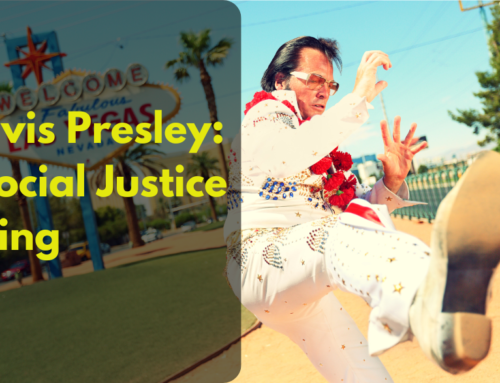
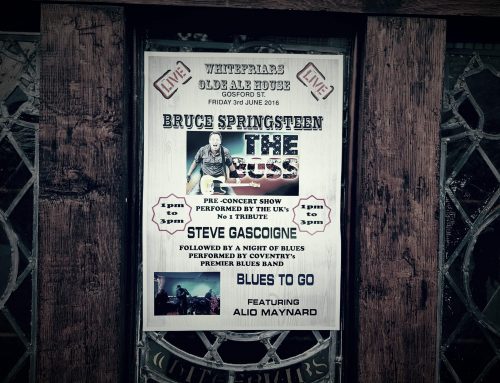
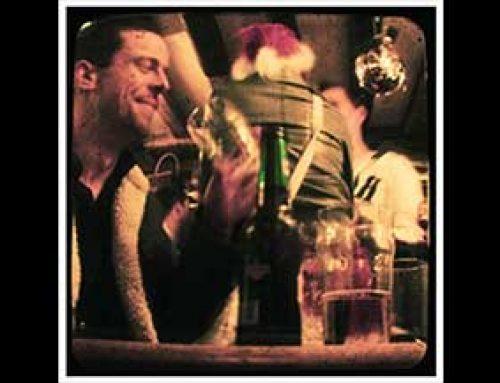

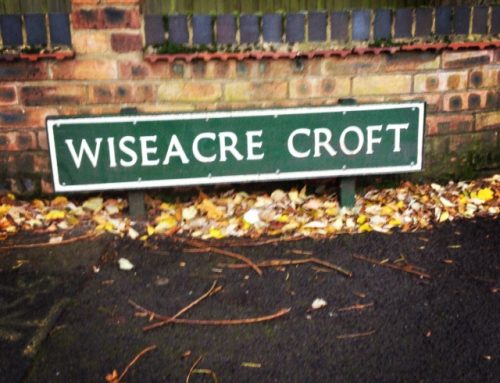
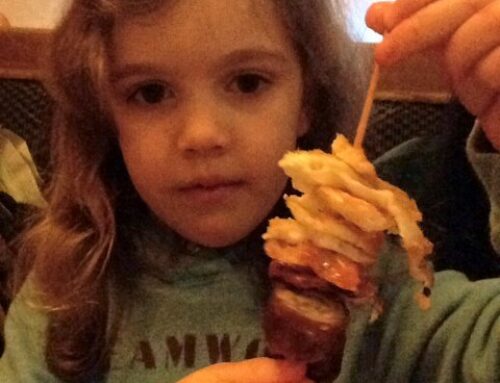

Leave A Comment